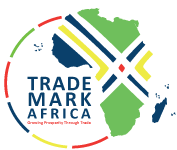Arusha/Dar. The East Africa Legislative Assembly (Eala) has turned down the much-anticipated EAC regional Statistics Bill after the Committee on Communications, Trade and Investment (CTI) overturned recommendations made by the ministerial committee. Many of Eala members from the six partner states wanted Section 7 (2) of the draft made during the ministerial committee meeting to be reinstated. In the ministerial committee through the section in question ministers proposed that the director position for the new regional body should be filled by people who hold a master’s degree in statistics with ten years of experience. However, after going through the recommendations, CTI proposed that the head of statistic bureaus from the partner states should automatically hold the positions. It was sent back for amendment and will be debated in the next session scheduled for November. “The Bill drew stiff debate in the house as most of the members opposed the proposals made by the CTI,” Dr Abdullah Makame, from Tanzania told The Citizen over the phone. Reports indicate that Tanzanian Eala members wrote a letter to the Clerk of the regional Assembly on Monday to request for reinstatement of the earlier provision of Clause 7 (2) of the said bill. In effect, Tanzanian member, supported by those from other member states rejected the amendments. Thirteen lawmakers from Uganda, Kenya, Burundi, Rwanda and South Sudan supported the adjournment of the debate of the crucial legislative document. However, Paul Musamali from Uganda opposed the Motion on adjournment of the Bill as announced by...
Why East Africa Community statistics Bill was shelved
Posted on: October 8, 2018
Posted on: October 8, 2018















